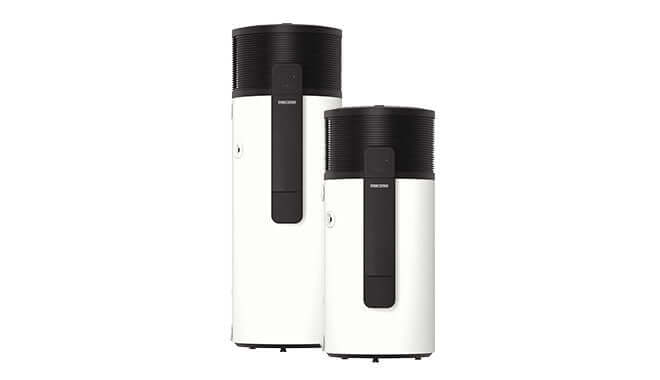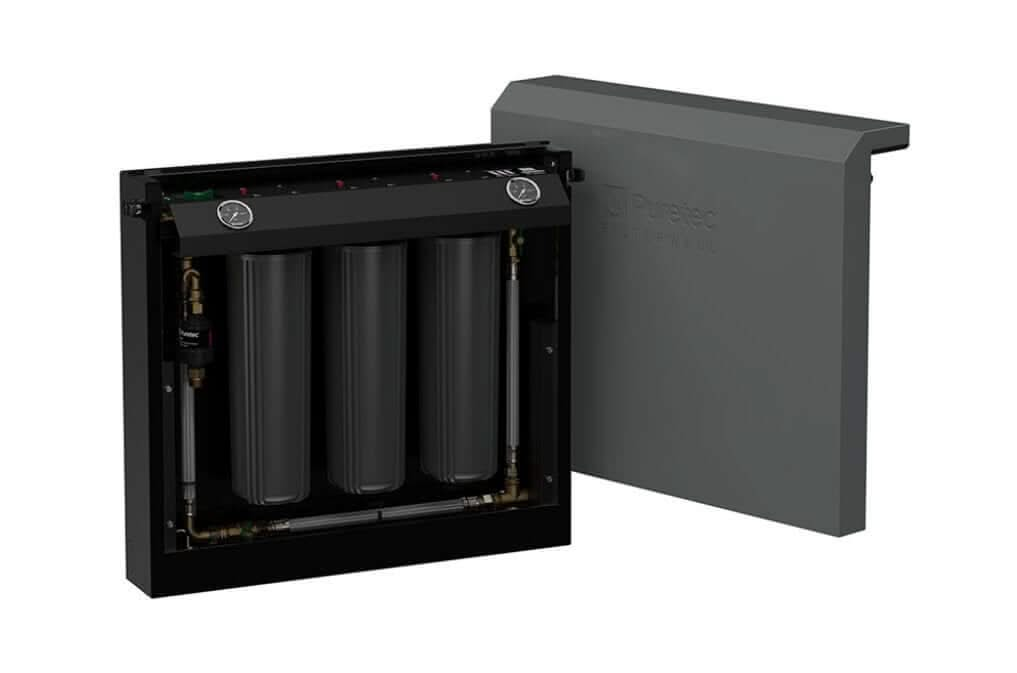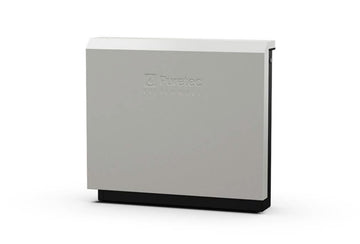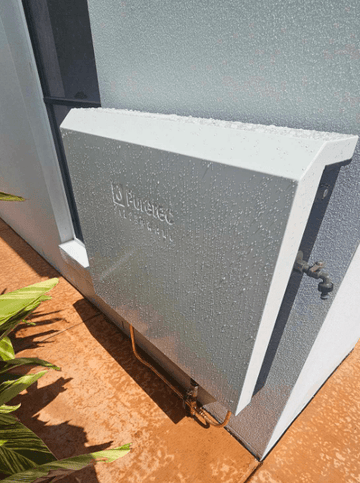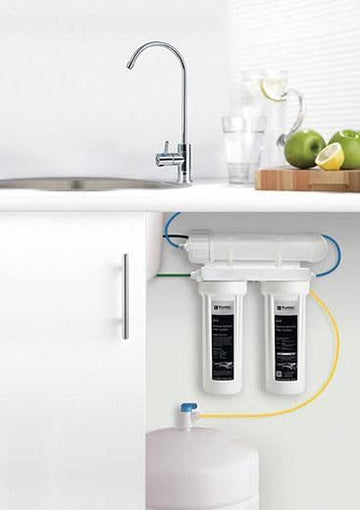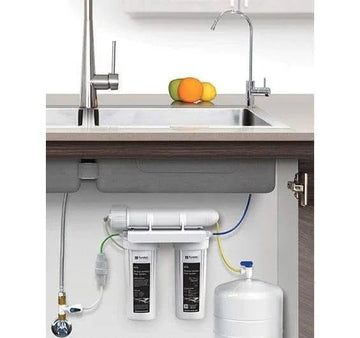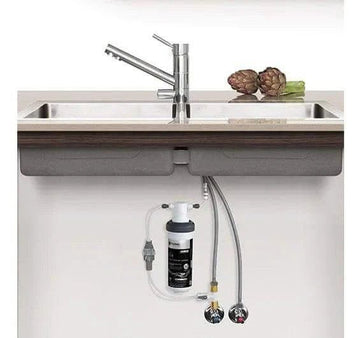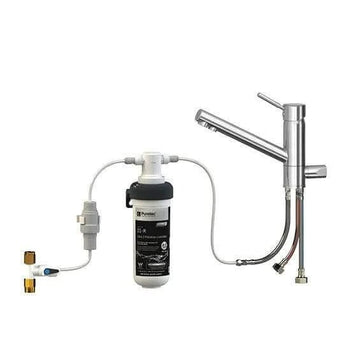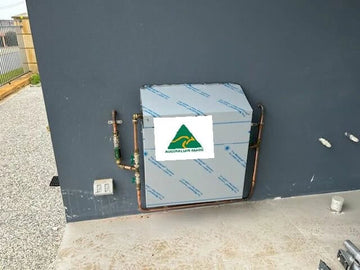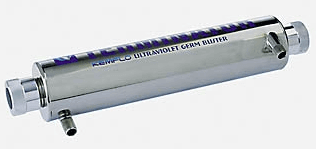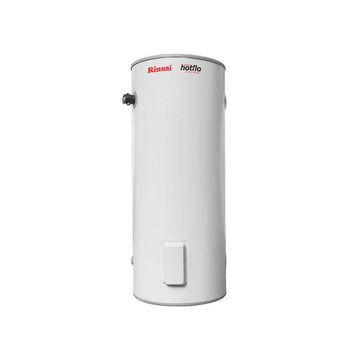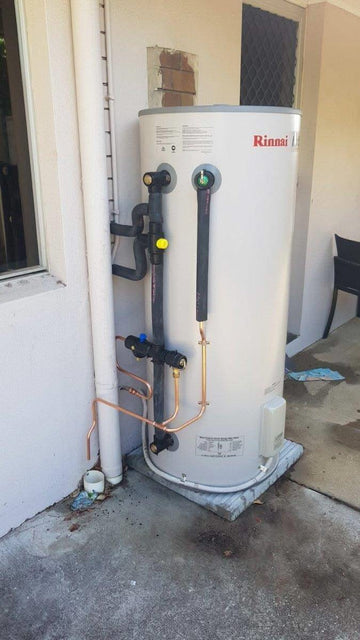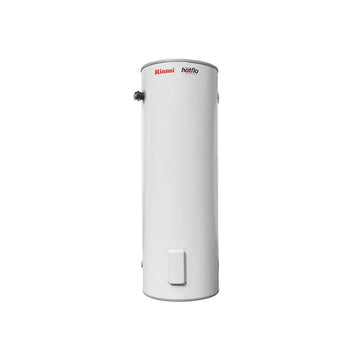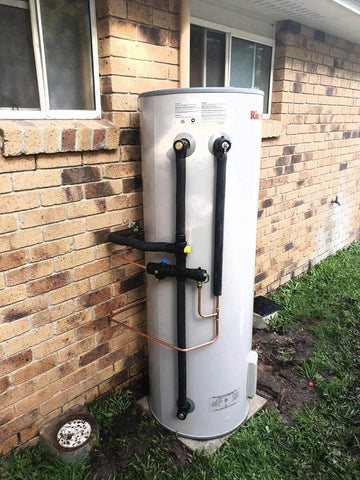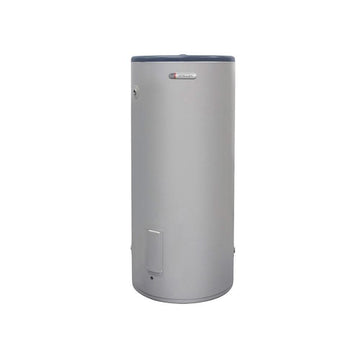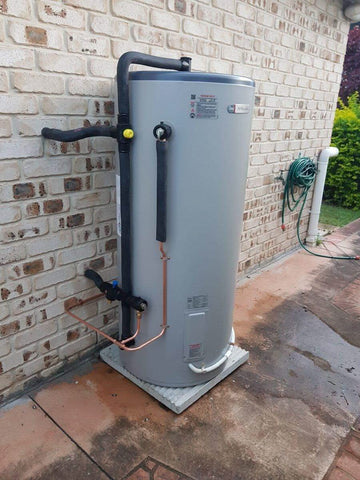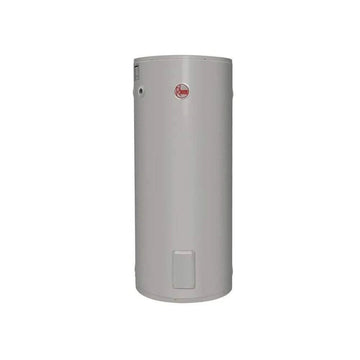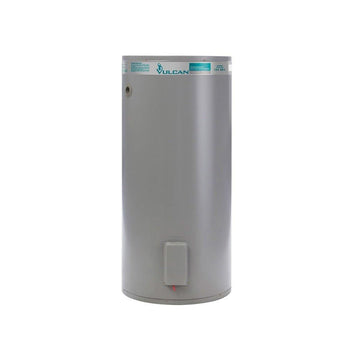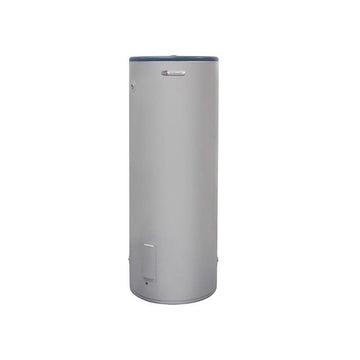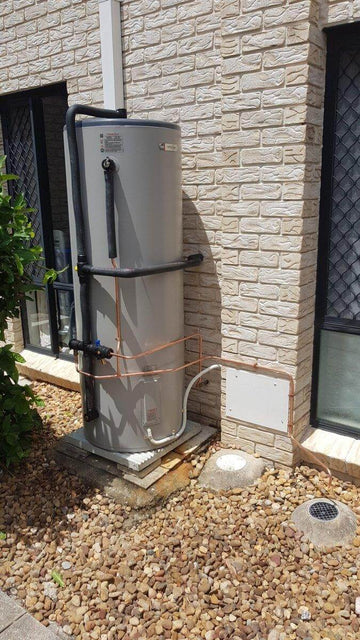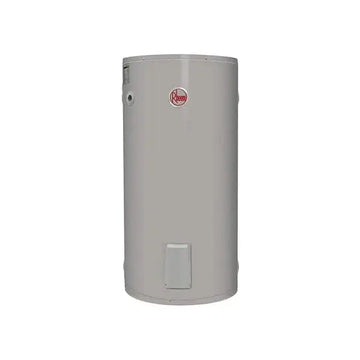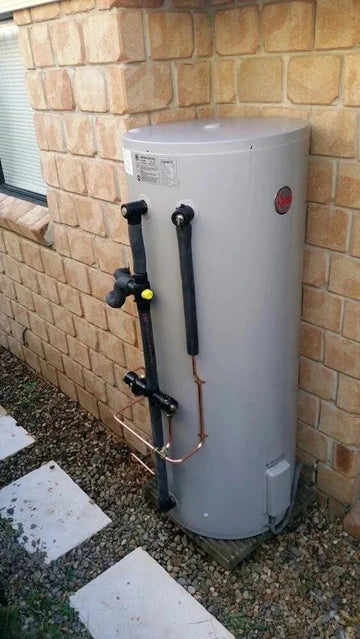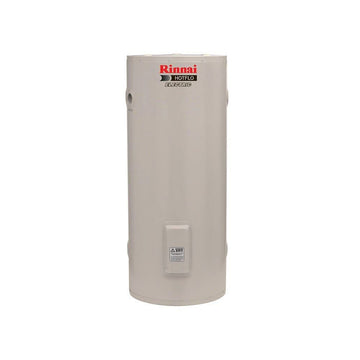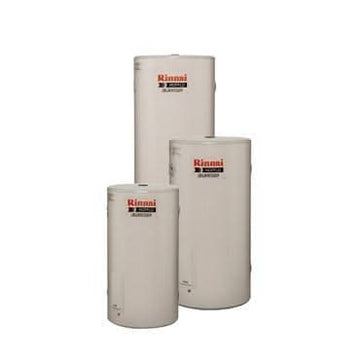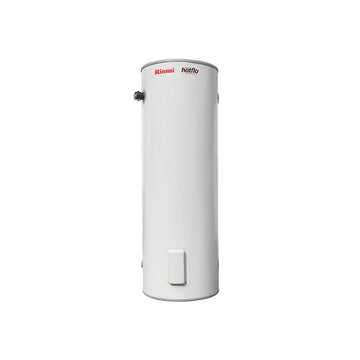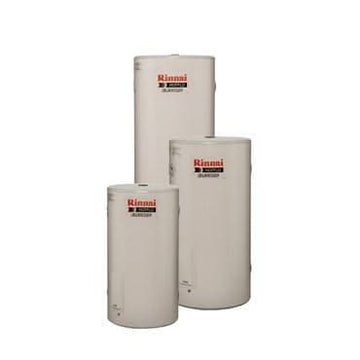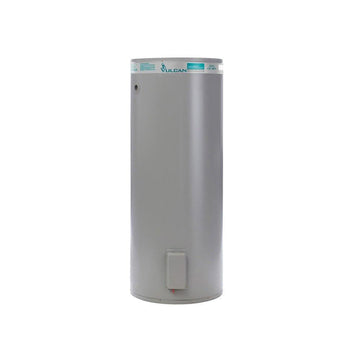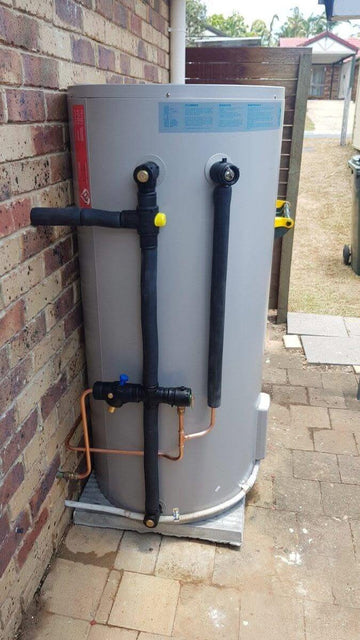Why the Water Heater Relief Valve Is Crucial for Safety & Performance
A water heater relief valve might seem small, but it plays a massive role in keeping your hot water system safe and reliable. Whether you're using an electric, gas, or heat pump hot water system, this valve protects your unit—and your home—from dangerous overpressure situations.
At JR Gas & Water, we’ve seen firsthand how a simple, faulty relief valve can lead to major damage, expensive repairs, or worse. Here’s why you should never ignore this small but critical component.
What Is a Water Heater Relief Valve?
The Temperature & Pressure Relief Valve (TPR valve) is designed to release water if the internal pressure or temperature exceeds safe levels—typically 150 psi or 99°C (210°F). Without it, your water heater could rupture, explode, or cause water damage to your home.
📍 Also known as: TPR Valve, pressure relief valve, safety valve.
Key Benefits of the Relief Valve
✔ Prevents explosions by releasing excessive pressure and steam
✔ Improves system efficiency by maintaining safe pressure levels
✔ Extends system lifespan by reducing strain on the tank
✔ Protects your property from leaks, ruptures, and water damage
How the Water Heater Relief Valve Works
When water is heated, it expands. This increase in volume causes pressure to rise inside the tank. The TPR valve:
-
Opens automatically when pressure exceeds safe levels
-
Discharges hot water and steam through a connected discharge pipe
-
Prevents tank damage, burst pipes, or dangerous malfunctions
If this valve fails to work properly, pressure builds up—and the results can be catastrophic.
Signs of a Faulty Relief Valve
🔧 Here’s what to watch for:
-
Constant dripping or leaking
-
Valve won’t open during testing
-
Rust or corrosion on the valve or pipe
-
Water pooling at the base of the tank
Any of these could indicate that the valve needs cleaning, adjustment, or replacement.
How to Test Your Water Heater Relief Valve (Safely)
🧰 Test your valve every 6 months to avoid failures:
-
Place a bucket under the discharge pipe
-
Gently lift the test lever on the valve
-
Check for water flow—a strong burst of water should discharge
-
Let go of the lever—it should snap back into place and stop leaking
💡 If the valve continues dripping afterward, it likely needs replacing.
Why Regular Relief Valve Maintenance Matters
Like any part of your plumbing system, your water heater valve needs regular attention. At JR Gas & Water, we recommend:
-
✅ Biannual relief valve testing
-
✅ Visual inspection during hot water servicing
-
✅ Full system check during hot water system replacement or upgrade
If you’re booking a service, we’ll inspect and test your valve as part of our standard checklist.
The Role of the Discharge Pipe
Your valve is only half the system—the discharge tube is just as important. It:
-
Safely channels hot water to the floor
-
Prevents scalding injuries
-
Stops water from damaging walls or floors
📌 Regulations require the pipe to terminate no more than 300mm from the ground and never be capped or blocked.
How to Replace a Relief Valve (But Leave It to a Pro)
You can technically replace a TPR valve yourself—but it’s best done by a licensed plumber to ensure compliance with safety regulations.
🔧 Here’s how we do it at JR Gas & Water:
-
Turn off the power/gas and water supply
-
Drain several litres from the tank
-
Remove the old valve with a wrench
-
Apply thread sealant to the new valve
-
Install, tighten, and test for leaks
We check all connections, test pressure levels, and verify safety compliance with QBCC regulations.
Book a Water Heater Safety Inspection in Brisbane or the Gold Coast
If your water heater is dripping, making strange noises, or hasn’t been serviced in a while—don’t wait. Faulty TPR valves are a common failure point, especially in older electric and gas systems.
🚿 JR Gas & Water is your trusted local expert in:
We provide professional testing, repair, and full valve replacement services across Brisbane, Logan, and the Gold Coast.
FAQs: Water Heater Relief Valve
How often should I test my water heater relief valve?
At least twice a year or during your annual system service.
Is a dripping relief valve normal?
A small amount of occasional dripping during heating cycles is okay—but continuous dripping is a sign of a fault.
Can I cap off my relief valve to stop leaks?
Absolutely not. This is a serious safety hazard. The valve must always be able to release pressure.
How much does it cost to replace a relief valve?
Most replacements are affordable and fast—just contact us for pricing depending on your system.
Can JR Gas & Water inspect my valve during another job?
Yes! If we’re installing, servicing, or replacing your system, we’ll check and test the relief valve as standard.
Final Thoughts
The relief valve is your water heater’s unsung hero. Without it, your system could overheat, explode, or cause damage to your home. Regular testing and maintenance prevent disaster—and improve system efficiency.
🔧 Need help? Contact JR Gas & Water to inspect or replace your water heater relief valve today.
📍 Servicing all Brisbane suburbs, Logan, Ipswich, and the Gold Coast.


